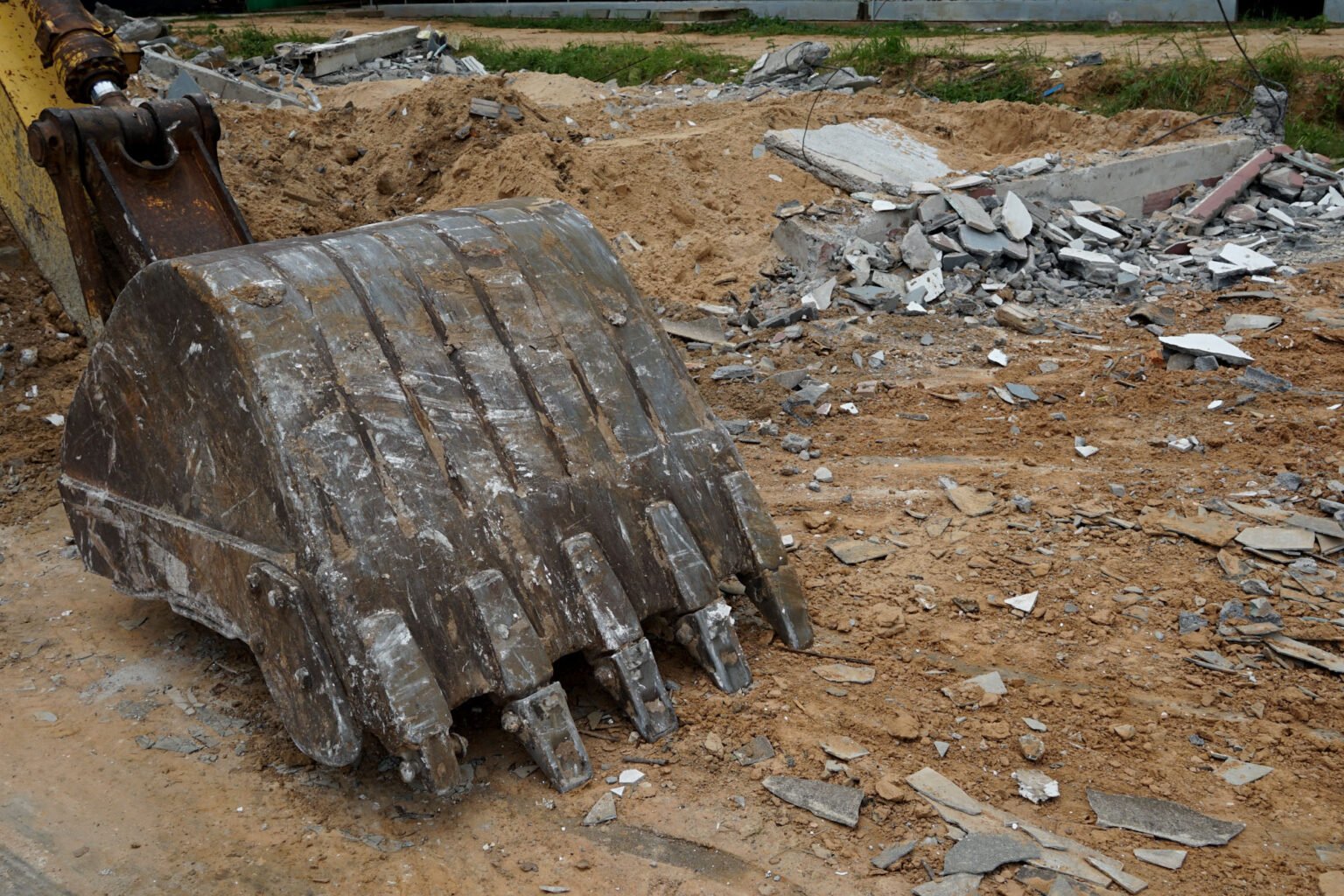Are you prepared to rebuild the world from scratch? In this blog post, we will dive into the fascinating world of reconstructing the knowledge and techniques that are needed to rebuild our civilization after a global collapse. Based on the book “The Knowledge: How to Rebuild Our World from Scratch” by Lewis Dartnell, we will explore various essential aspects required for survival and thriving in a post-apocalyptic world.
The promise of this blog post is that by the end, you will gain a deep understanding of crucial components necessary to survive in a post-apocalyptic world. From substances to materials, medicine, power, transportation, communication, advanced chemistry, time & space, and science, we will cover it all. You will leave this post equipped with valuable information that can help you prepare for extreme scenarios and be ready to rebuild society.
## Substances (continued)
When it comes to substances necessary for survival, Dartnell points out essential elements like alkalis, acids, soap, wood gas, charcoal, and several others. Understanding how to obtain and utilize these substances can be crucial for preserving food, generating essential gases, and even producing high explosives.
## Materials
Clay, cement, clay mortar, and construction materials are indispensable in the rebuilding process. We will explore how clay is used in the production of pottery and how it facilitates the creation of useful materials like ceramics, which are essential for everyday items.
## Medicine
The blog post will shed light on tackling infectious diseases, childbirth & neonatal care, medical examination & diagnosis, medicines, surgery, and microbiology from a post-apocalyptic perspective. Understanding these aspects is vital for ensuring a sustainable healthcare system in a world with limited resources.
## Power
Mechanical power, electricity, and power generation & distribution are areas that need to be reimagined post-apocalypse. Rebuilding a self-sufficient power grid and energy supply becomes pivotal, and we will explore the possibilities and challenges in detail.
## Transportation
We will delve into the challenges involved in keeping existing vehicles operational and the potential reinvention of powered transportation. With a focus on the resurgence of draft animals and other traditional means of transportation, you will gain a deeper understanding of how transportation infrastructure can be revived in a post-apocalyptic era.
## Communication
From writing to electrical communication, we will analyze the various tools and techniques necessary for effective communication in a world without modern communication infrastructure. Exploring alternative methods of communication becomes imperative here.
## Advanced Chemistry
Electrolysis & The Periodic Table, explosives, photography, and industrial chemistry are areas that we will break down to understand the challenges and possibilities in a post-apocalyptic setting.
## Time & Space
Telling time, reconstructing the calendar, and navigation are essential for functions and operations after the collapse. Understanding these areas will be crucial for rebuilding and organizing society effectively.
## Science
Finally, we will explore the scientific method, the metric system, and the broader implications of scientific knowledge in a pre-industrial world. Emphasizing a deep understanding of the scientific basis that underpins the rebuilding process will be the primary focus here.
In conclusion, you will be poised to understand the critical knowledge and resources required to rebuild the world from scratch. We invite you to engage with us by sharing your thoughts and comments on this transformative topic. Together, let’s explore the fascinating and essential aspects of rebuilding civilization.
**References**
Dartnell, L. (2014). Food Preservation. In L. Dartnell, *The Knowledge: How to Rebuild Our World From Scratch* (pp. 81-82). New York: The Penguin Press.
Dartnell, L. (2014). *The Knowledge: How to Rebuild Our World From Scratch.* New York: The Penguin Press.
Wikipedia. (2023, November 4). *Acetic Acid*. Retrieved from Wikipedia.com: [link here]
Wikipedia. (2023, November 4). *Acetic Acid*. Retrieved from wikipedia.org: [link here]
Wikipedia. (2023, November 10). *Acetone*. Retrieved from Wikipedia.com: [link here]
Wikipedia. (2023, July 5). *Alkalis*. Retrieved from wikipeida.com: [link here]
Wikipedia. (2023, October 24). *Brass*. Retrieved from Wikipedia.com: [link here]
Wikipedia. (2023, November 2). *Bronze*. Retrieved from Wikipeida.com: [link here]
Wikipedia. (2023, September 19). *Calamine (Mineral)*. Retrieved from Wikipedia.com: [link here]
Wikipedia. (2023, November 20). *Calcium Carbonate*. Retrieved from Wikipedia.org: [link here]
Wikipedia. (2023, November 19). *Calcium hydroxide*. Retrieved from wikipedia.org: [link here]
Wikipedia. (2023, November 8). *Calcium Oxide*. Retrieved from wikipedia.org: [link here]
Wikipedia. (2023, November 10). *Ceramic*. Retrieved from Wikipedia.com: [link here]
Wikipedia. (2023, October 30). *Clay*. Retrieved from Wikipedia.com: [link here]
Wikipedia. (2023, October 23). *Creosote*. Retrieved from Wikipedia.com: [link here]
Wikipedia. (2023, November 17). *Hydrochloric Acid*. Retrieved from wikipedia.org: [link here]
Wikipedia. (2023, November 7). *Methanol*. Retrieved from Wikipedia.com: [link here]
Wikipedia. (2023, September 7). *Pitch*. Retrieved from Wikipedia.com: [link here]
Wikipedia. (2023, November 10). *Pottery*. Retrieved from Wikipedia.com: [link here]
Wikipedia. (2023, November 8). *Turpentine*. Retrieved from Wikipedia.com: [link here]
Wikipedia. (2023, October 8). *Wood Gas*. Retrieved from wikipedia.org: [link here]




